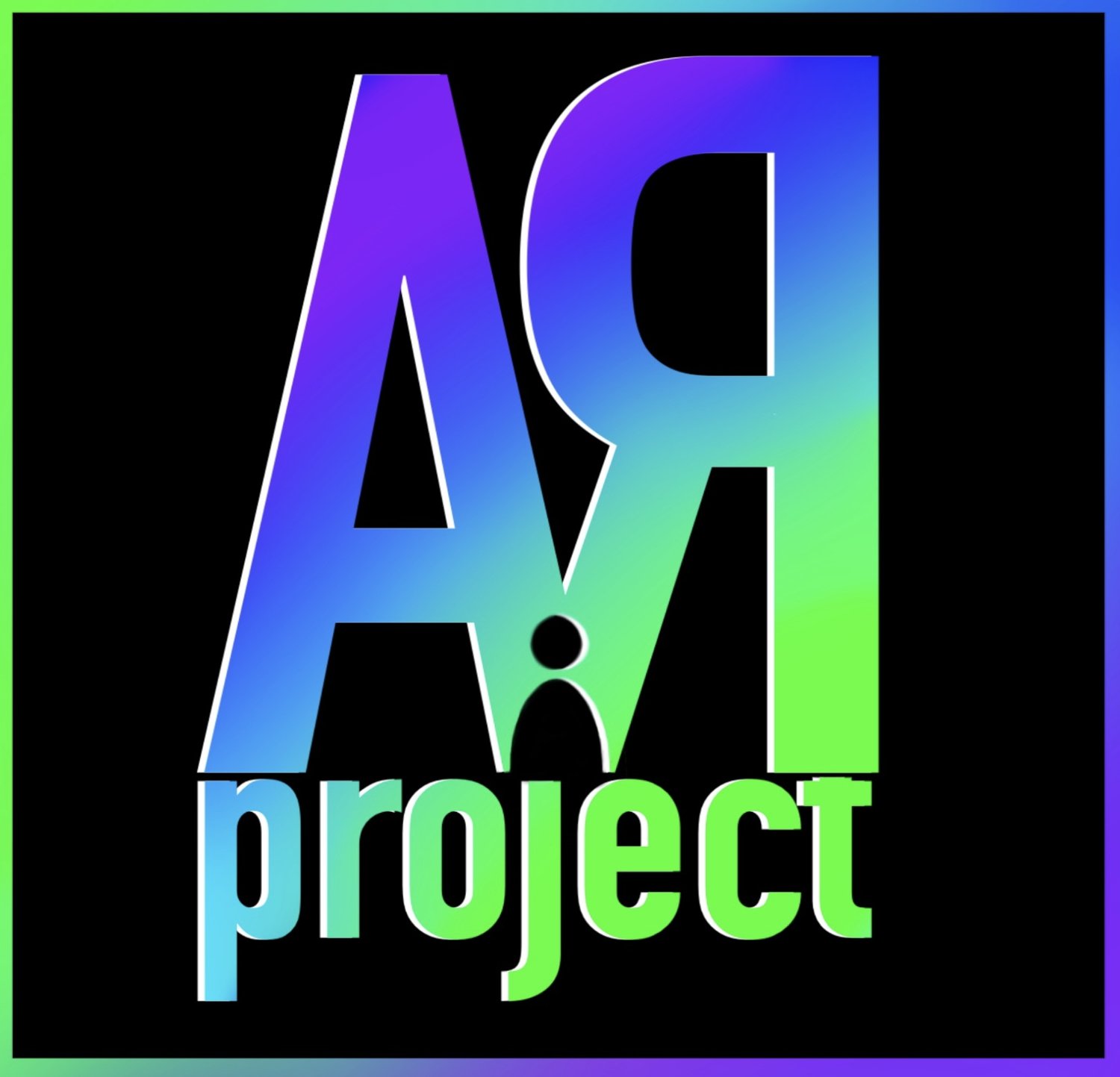
Projects
Below are brief descriptions of projects associated with our team.
Project Avatar-AR
Project AVATAR-AR’s overarching aim is to create and distribute mini-documentary animated films co-created with members of the recovery community which aim to reduce stigma, educate, and share personal stories of the struggles of addiction and recovery. The films utilize virtual production techniques, incorporating full body and facial motion capture, customized avatars and characters, which are animated inside virtual sets and environments and rendered using virtual cameras. These mini-documentaries allow intimate, personally relevant stories to be shared while maintaining participant anonymity (important to some members of the recovery community) through the use of animated avatars. Project AVATAR-AR began in Fall 2022 with a grant from the Nebraska Collegiate Prevention Alliance and the Department of Health and Human Services. The initial documentaries created in the project center stories engage the addiction and recovery experience from the perspective of a college student. This content was created for and distributed via social media platforms, aiming to spread awareness, create community, and reduce stigma in these populations.
Project Avatar-AR (Advanced Visually Augmented Treatments and Realities - Addiction Recovery) is led by Assistant Professor of Emerging Media Arts Anna Henson and Professor of Psychology Dr. Dennis McChargue. The project team is made up of student research assistants from the Emerging Media Arts BFA program and PhD students in Psychology at the University of Nebraska, Lincoln, as well as external consultants.
Somatic AvatarS
The Somatic Avatar Project is a Behavioral Science Research Project led by PI’s Anna Henson and Dr. Dennis McChargue. The project investigates emotional identification and regulation skills and processes in participants in the early stages of recovery from addiction. The project utilizes a movement protocol and avatar creation process in which participants visualize their movement mapped onto an avatar that they design themselves. These animated avatars are then processed and analyzed utilizing our created study scales and questionnaires. Forthcoming Pilot Study data to be published.



